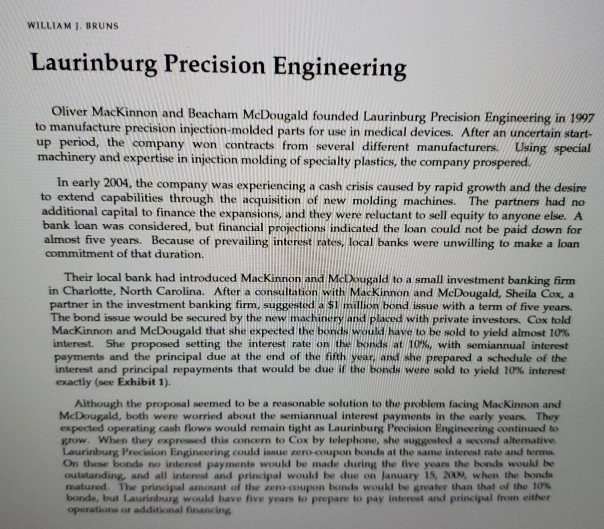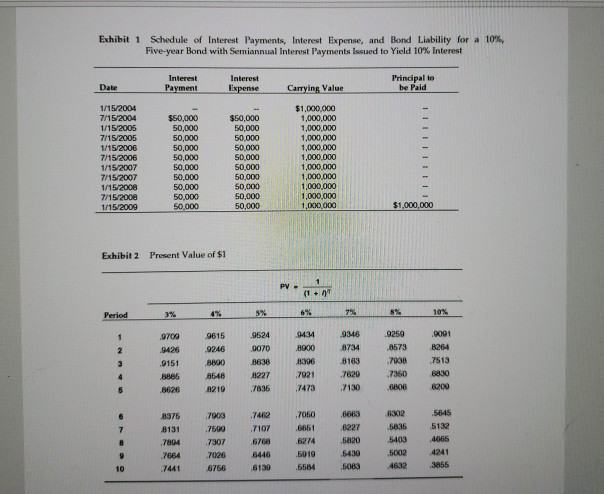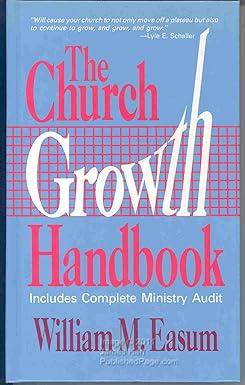Answered step by step
Verified Expert Solution
Question
1 Approved Answer
WILLIAM J. BRUNS Laurinburg Precision Engineering Oliver MacKinnon and Beacham McDougald founded Laurinburg Precision Engineering in 1997 to manufacture precision injection-molded parts for use in



WILLIAM J. BRUNS Laurinburg Precision Engineering Oliver MacKinnon and Beacham McDougald founded Laurinburg Precision Engineering in 1997 to manufacture precision injection-molded parts for use in medical devices. After an uncertain start the company won contracts from several different manufacturers.Using special machinery and expertise in injection molding of specialty plastics, the company prospered. In early 2004, the company was experiencing a cash crisis caused by rapid growth and the desine to extend capabilities through the acquisition of new molding machines. The partners had no additional capital to finance the expansions, and they were reluctant to sell equity to anyone else. A bank loan was considered, but financial projections indicated the loan could not be paid down for almost five years. Because of prevailing interest rates, local banks were unwilling to make a loan commitment of that duration Their local bank had introduced MacKinnon and Mcbougald to a small investment banking firm in Charlotte, North Carolina. After a consultation with MacKinnon and McDougald, Sheila Cox, a partner in the investment banking firm, suggested a $1 million bond issue with a term of five years. The bond issue would be secured by the new machinery and placed with private investors. Cox told MacKinnon and McDougald that she expected the bonds would have to be sold to yield almost 10% interest. She proposed setting the interest rate on the bonds at 10%, with semiannual interest payments and the principal due at the end of the fifth year, and she prepared a schedule of the interest and principal repayments that would be due if the bonds were sold to yield 10% inte exactly (see Exhibit 1). Although the proposal seemed to be a reasonable solution to the problem facing MacKinnon and McDougald, both were worried about the semiannual interest payments in the early years. They expected operating cash flows would remain tight as Laurinburg Pecision Engineering continued to grow. When they expressed this concern to Cox by telephone, she suggested a second alternative Laurinburg Precision Engineering could issue zero coupon bonds at the same interest rate and tenns. On these bands no interest payments would bu made during the fivo yeans the bonds would be outstanding, and all interest and principal would be due on January 15, 2009, when the bonds matured The prinapal anaount of thr aero coupon bond." wouk1 bo greater than that ol the 10% bonds, but Laurinburg would have five years to prepare to pay interest and principal from either r addit 2. Assume that MacKinnon and McDougald decide to issue bonds to finance the expansion of Laurinburg Precision Engineering. The terms of the $1,000 bonds to be due January 15, 2000, specify an interest rate of 10% with semiannual compounding or interest payments. However Sheila Cox is able to find a group of investors who will accept a yield of 8% interest, How much will the investors be willing to pay for the 10% bonds? Pepare a schedule like Exhibit 1 showing principal, interest payments, interest expense, and amortization of bond premium for these bonds. Why does the bond premium amortize to zero? Exhibit 1 Schedule of Interest Payments, Interest Expense, and Bond Liability for a 10%, Five-year Bond with Semiannual Interest Payments Issued to Yield 10% interest Interest Paymen Interest Principal to be Paid Expense Carrying Value 1/15/2004 7/15/2004 1/15/200 7/15/2005 1/15/2006 $50,000 50,000 50,000 50,000 50,000 50,000 50,000 50,000 50,000 $50,000 50,000 50,000 50,000 $1,000,000 1,000,000 1,000,000 1,000,000 1,000,000 1,000,000 1,000,000 7/15/2007 1/15/200 7/15/200e 1/15/2009 50,000 50,000 50,000 50,000 1,000,000 1,000,000 1,000,000 $1,000,000 Exhibit 2 Present Value of $1 PV 10% Period 9700 9615 9524 9434 934 9259 9091 9426 9246 90708000 8734 8573 8264 9151 8800 8638 8306 8163 70387513 sse5 .8648 n227 .7921 .7620 .7360 .6830 8626 8210 7836 7473 130 6806 6209 8376 7903 7462 7050 663 6302 5645 8131 760 107 6661 6227 5836 5132 7894 7307 6768 274 820 03 465 76647026 6446 6019 6430 7441 5002 4241 5083 4632 3855 10 8766 61306584
Step by Step Solution
There are 3 Steps involved in it
Step: 1

Get Instant Access to Expert-Tailored Solutions
See step-by-step solutions with expert insights and AI powered tools for academic success
Step: 2

Step: 3

Ace Your Homework with AI
Get the answers you need in no time with our AI-driven, step-by-step assistance
Get Started


